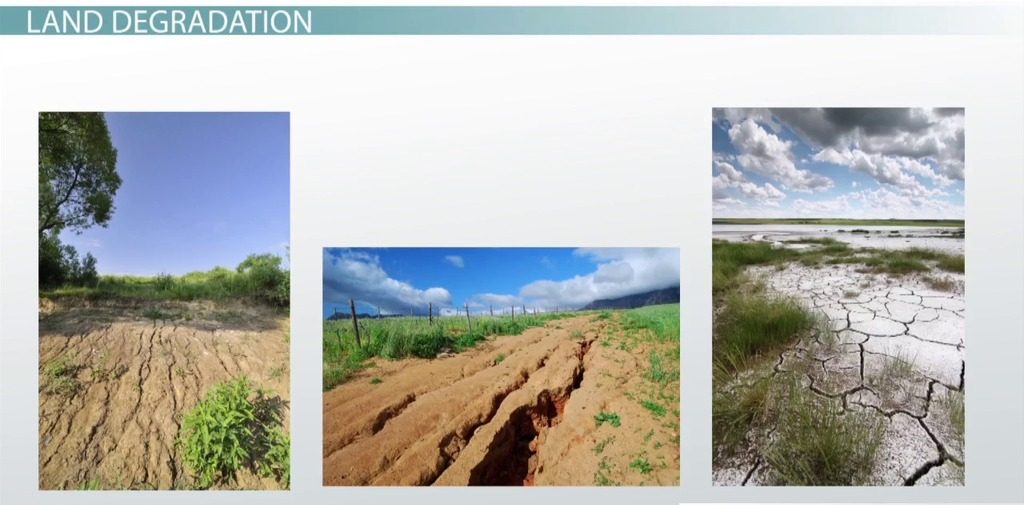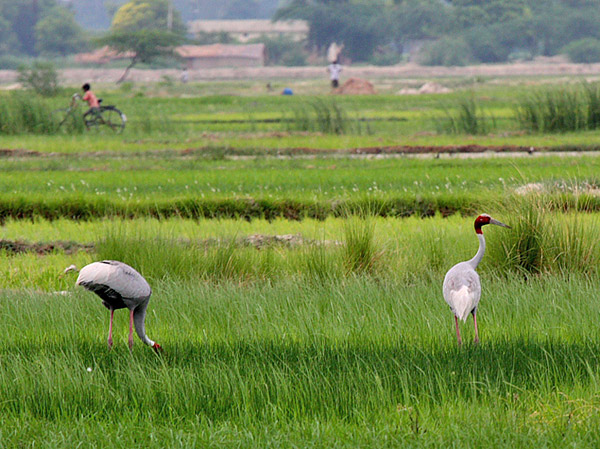Nutrient management is a crucial aspect of modern agriculture. Farmers must strike a delicate balance between providing crops with the nutrients they need to thrive and avoiding excess, which can harm the environment. In this comprehensive guide, we’ll explore the importance of nutrient management in agriculture and provide practical tips for optimizing nutrient use on your farm.
Understanding Nutrient Management
Before delving into the intricacies of nutrient management, it’s essential to understand the basics. Nutrient management involves the judicious application of essential elements like nitrogen (N), phosphorus (P), and potassium (K) to optimize crop growth and yield. These nutrients are commonly referred to as NPK and are critical for plant development.
The Role of Nutrients in Plant Growth
Nitrogen (N): Nitrogen is essential for the formation of amino acids, proteins, and chlorophyll – all vital components for plant growth. It contributes to lush, green foliage and vigorous vegetative growth.
Phosphorus (P): Phosphorus is crucial for energy transfer within the plant. It plays a key role in processes like photosynthesis, respiration, and nutrient uptake. Adequate phosphorus is necessary for strong root development and flower/fruit production.
Potassium (K): Potassium is involved in enzyme activation and the regulation of water within plant cells. It helps plants withstand stress, resist diseases, and improve overall quality.
Other essential nutrients include calcium, magnesium, sulfur, and micronutrients like iron, manganese, zinc, and copper, which plants require in smaller quantities.
Soil Testing: The Foundation of Nutrient Management
To implement effective nutrient management, you need to start with a solid foundation – your soil. Soil testing is the first step in understanding the nutrient content of your soil and tailoring your fertilizer application accordingly.
A comprehensive soil test will provide insights into:
Nutrient Levels: Knowing the current nutrient levels in your soil is crucial. It allows you to determine if your soil is deficient or in excess of certain nutrients.
pH Level: Soil pH affects nutrient availability. Most crops thrive in a slightly acidic to neutral pH range (6.0-7.0).
Cation Exchange Capacity (CEC): CEC indicates the soil’s ability to retain and exchange essential nutrients.
Organic Matter Content: Organic matter improves soil structure and nutrient-holding capacity.
Calculating Nutrient Requirements
Once you have your soil test results, you can calculate the precise nutrient requirements for your crops. The goal is to provide the right nutrients in the right amounts at the right time. Here’s how you can do it:
Crop Nutrient Requirements: Different crops have varying nutrient needs. Refer to crop-specific guidelines to determine the required NPK ratios.
Nutrient Removal: Consider the amount of nutrients that will be removed from the field when you harvest your crops. This is critical for nutrient replenishment.
Soil Nutrient Availability: Soil test results will indicate the existing nutrient levels. Calculate the deficit or excess relative to crop requirements.
Fertilizer Selection: Choose fertilizers that match your nutrient requirements and the specific nutrient deficiencies in your soil.
Precision Agriculture and Technology
Advancements in technology have revolutionized nutrient management in agriculture. Precision agriculture techniques enable farmers to apply nutrients with incredible accuracy. Here are some technological tools that can enhance nutrient management:
GPS-Guided Equipment: Tractors and other machinery equipped with GPS can precisely distribute fertilizers based on soil maps, optimizing nutrient application.
Remote Sensing: Drones and satellites can monitor crop health and nutrient deficiencies, allowing for targeted interventions.
Variable Rate Technology (VRT): VRT systems adjust fertilizer application rates in real-time, responding to variations in soil conditions.
Soil Moisture Sensors: These devices help farmers determine when and how much irrigation is needed, preventing nutrient leaching.
The Importance of Timing
Timing is crucial in nutrient management. Applying fertilizers at the right time ensures that nutrients are available when the plant needs them most. Here are key timing considerations:
Pre-Planting: Some nutrients, especially phosphorus and potassium, are best applied before planting to promote healthy root development.
Side-Dressing: Nitrogen can be side-dressed during the growing season to provide a boost of nutrients when the plant enters critical growth stages.
Split Applications: Splitting fertilizer applications into multiple doses can prevent nutrient loss and better align with the crop’s nutrient uptake patterns.
Environmental Considerations
Effective nutrient management is not just about maximizing crop yield; it’s also about protecting the environment. Nutrient runoff from agricultural fields can contaminate water bodies and lead to issues like algal blooms and dead zones. To minimize these impacts, follow these eco-friendly practices:
Use Slow-Release Fertilizers: These release nutrients gradually, reducing the risk of runoff.
Cover Crops: Planting cover crops during the off-season can help retain nutrients in the soil and prevent erosion.
Buffer Zones: Create vegetated buffer strips along water bodies to filter out nutrients before they reach the water.
Precision Application: Employ precision agriculture techniques to reduce overapplication and minimize nutrient loss.
Monitoring and Adaptation
Nutrient management is an ongoing process. Regular monitoring of soil nutrient levels, crop health, and environmental impacts is essential. Periodic soil tests and crop inspections can help you fine-tune your nutrient management plan to achieve optimal results.
Conclusion
Nutrient management is at the heart of sustainable and productive agriculture. By understanding your soil, calculating nutrient requirements, leveraging technology, and considering environmental impacts, you can enhance crop yields while safeguarding the environment. Effective nutrient management is not just a responsibility; it’s an investment in the future of agriculture and our planet.






